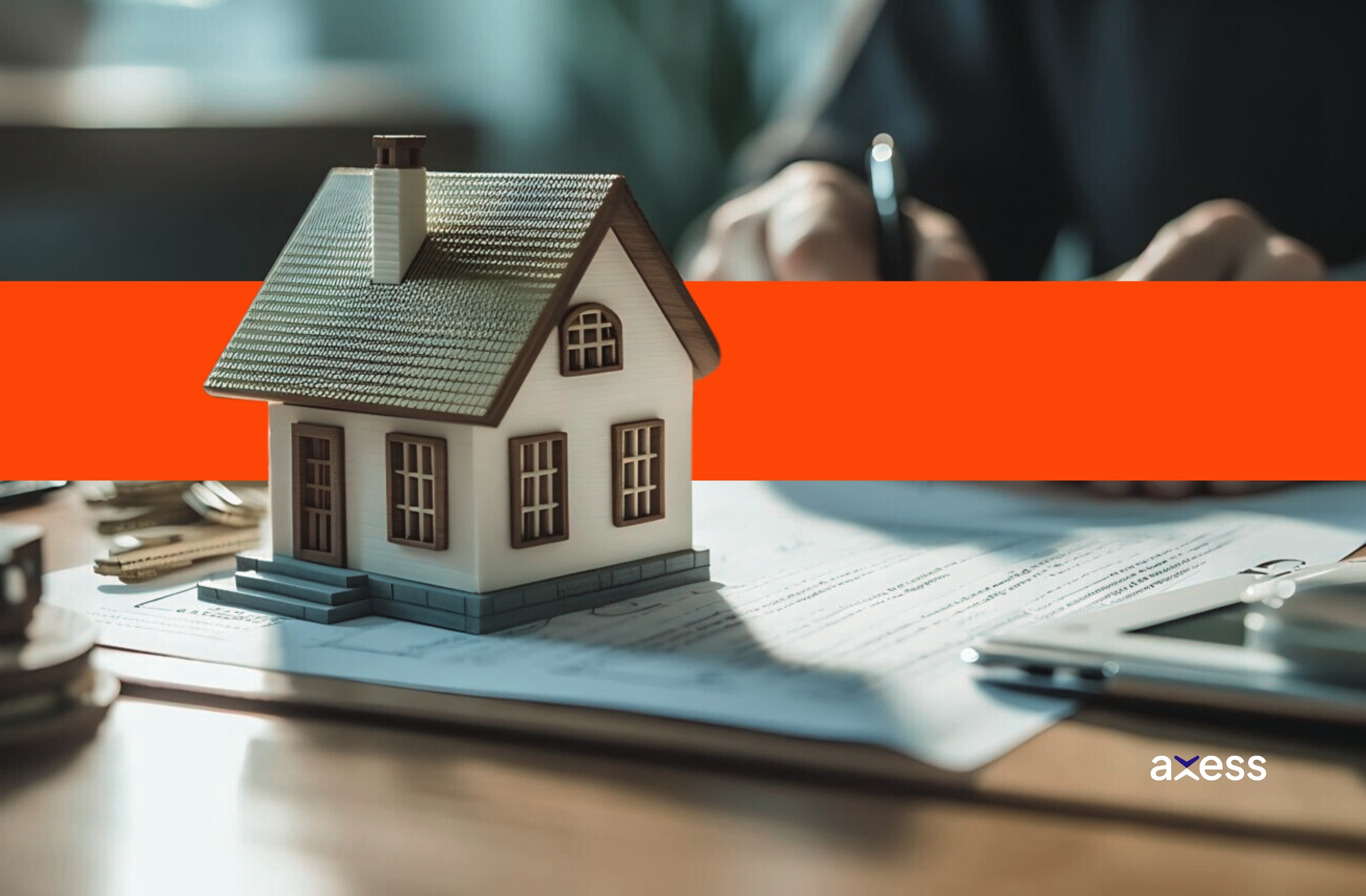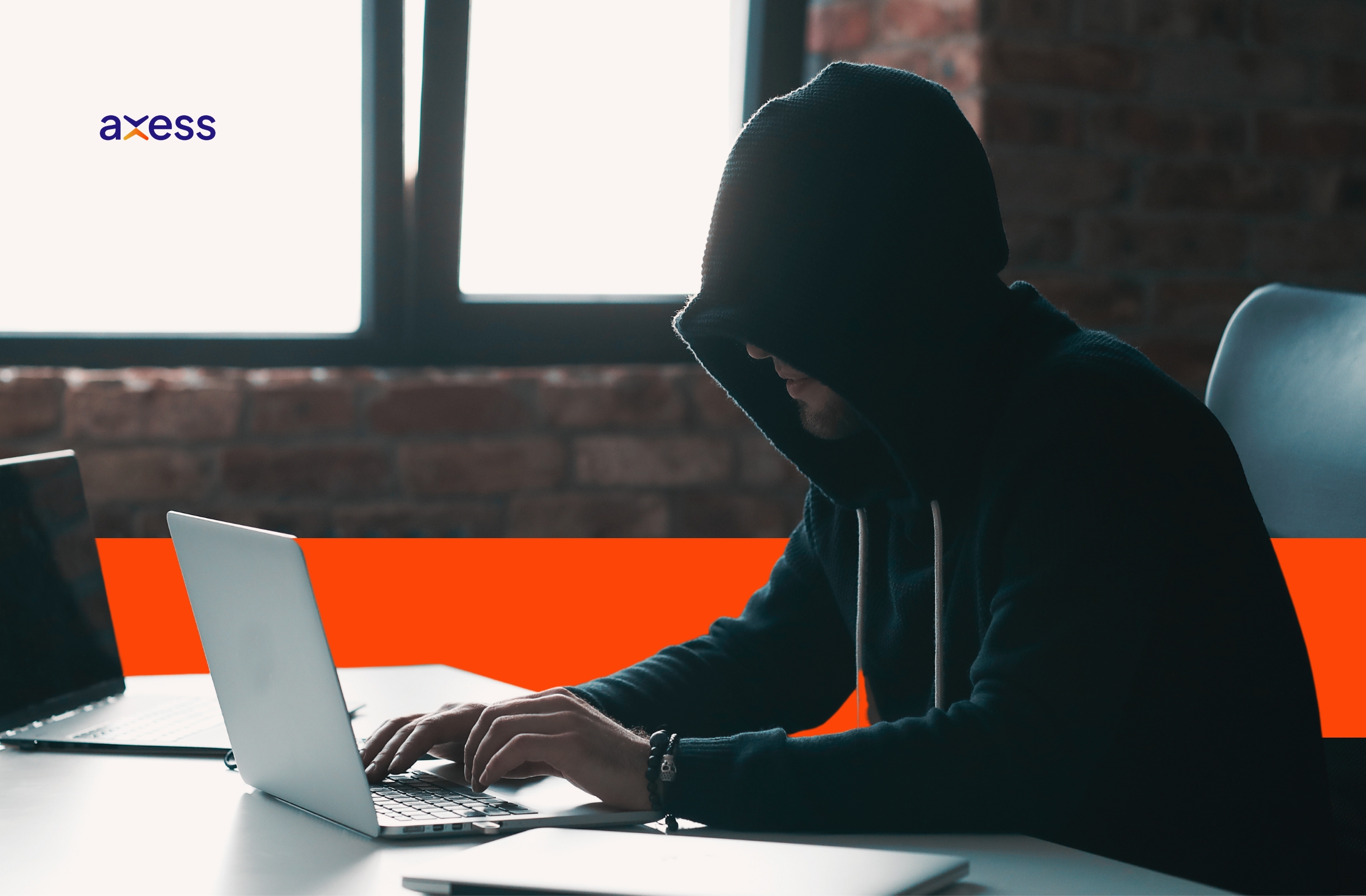Verifying the Identity of Homebuyers and Borrowers
Published on 29 August 2022, 07:22:56 AM
An upsurge in mortgage and title frauds is a sharp reminder why verifying identity is crucial.
Verification of mortgage applicants’ identity is essential to closing real estate transactions.
That puts lenders front and centre in preventing mortgage fraud.
Quick Read
Spotting fake photos when verifying identity
Matching your client’s signature
What is the verification of mortgage?
Verifying identity through mortgage approval documents

Verifying Identity When Borrowing a Mortgage
Letting fake ID or a forged signature get past you can be easier than you expect. We know you’re a professional, but here are some helpful tips about verifying identity when you handle legally binding mortgage documents.
Who Are You?
Picture your average client. They called ahead, made an appointment, and are now sitting nervously in your office about to —
- buy a home
- refinance a mortgage
- switch lenders at renewal
- or ask for a home equity line of credit.
Have you met them before? Probably not.
If you don’t have history, how do you know they’re who they say they are?
What Borrower ID to Ask For
Ask your client for valid, authentic, and current government-issued photo ID. Valid and authentic means it hasn’t been altered and was issued by an appropriate authority like a province. Current means it hasn’t expired, which you can verify by looking at the date.
If ID is not valid, authentic, and current, invite your client to produce other ID (at least one):
- An Ontario driver’s licence.
- Canadian passport.
- Canadian citizenship card.
- Permanent residency card.
- An Ontario photo card, excluding OHIP.
Who’s That in the Photo?
Your client looks vaguely like their outdated photo ID. Unless their whole identity is fake, the eye colour, hair, height, and facial features on their ID should match. For a driver’s licence, look for these features when verifying identity:
- the year, month, and day of birth under the photo match other information the client has provided
- the first character of the driver’s licence matches the first letter of your client’s last name
- the last six digits are the yy-mm-dd of your client’s birthday
- for women, add 50 to the mm (month), followed by the first digit of their birth month (50+6 for June = 56)
- the ID has issue and expiry dates and is signed under the photo.
Compare the photo and client to the age on the ID. Does it appear reasonable? Verifying identity using the province’s online Driver’s Licence Check can substantiate ID is current and the holder is alive.
Ask for secondary ID, like a signed credit card or social insurance card (SIN). Confirm
signatures and SIN numbers match those on your clients’ mortgage documents. Be alert for spelling or numeric errors in names or email addresses. They may be clues your client is unfamiliar with details on the ID they presented.
Go to FINTRAC’s website for advice on verifying identity if a client is not physically present.
Verification of Mortgage Requests
Be cautious responding to client verification of mortgage (VOM) requests. VOMs have details fraudsters can use to build a fake mortgage history:
- the unpaid principal balance
- payment amount with escrow, like property taxes, mortgage insurance, and homeowners’ insurance
- mortgage status
- and your client’s payment history.
Use the same process for verifying identity and only provide information when you are satisfied you are dealing with the mortgage holder or their power of attorney. Your client should be able to provide their spouse’s or co-borrower’s name, property address, mortgage loan account number, a recent mortgage statement, and SINs.
Decline phone requests to email or fax information, and avoid providing copies of the original mortgage agreement or bank account information until a client’s identity is confirmed. Use secured portals and e-signature technology like DocuSign to guard mortgage data.
3 Basics to Investigate Before Mortgage Approval
Typical documentation you request from a loan applicant can be used in verifying identity:
- Your client’s VOM from prior lenders.
- Verification of income through consecutive pay stubs, notices of assessments, or T1 generals. For self-employed clients, that may include bank or earnings statements.
- Employment status via letters of employment and contact information for current or previous employers. Tax returns or profit/loss statements can be helpful for self-employed clients. Follow through on employment letters to reduce the possibility a fraud ring has manufactured a fake employer.
Why Your Client Needs a Real Estate Lawyer
Axess Law’s licensed real estate lawyers work with our mortgage lender and realtor partners to ensure homebuyers and sellers understand legal terms and conditions in agreements of purchase and sale. We make an amendment to agreement of purchase and sale if an offer to purchase is missing essential clauses like a professional home inspection or subject-to mortgage financing.
When your clients need longer to qualify for mortgage approval, Axess Law negotiates with the seller’s lawyer to extend the completion date. If the seller refuses, we inform your client about the consequences and penalties of cancelling.
We work with mortgage lenders to witness and sign legal documents for bridge financing, to discharge mortgages, and finalize new loan obligations. Share this with clients on how to discharge mortgages.
An Axess Law real estate lawyer can search title to property for construction liens or legal claims, and add title insurance to protect your clients from mortgage fraud or title errors. We add lenders to title before registering the new owners’ title at a local local land registry office. Explain how to remove property liens when a title transfer is blocked.
Affordable Real Estate Lawyers, Anywhere You Are
Access lawyers for less in the Greater Toronto Area, Ottawa, or anywhere in Ontario when you buy, sell, or transfer property. Axess Law’s flat fee real estate lawyers are affordable, and our rates are all inclusive (excluding taxes, disbursements, and third-party charges). Axess Law offers your clients only the legal services they absolutely need. Our final invoice includes no surprises or hidden charges. The itemized statement of adjustments is explained when we deliver it, and we answer any questions your client has about it.
Virtual Law Services for Less
Axess Law’s virtual real estate lawyers can video conference with clients anywhere they are. We connect with clients from the comfort of their home or office, using any home computer or compatible mobile device. Our video conferencing services are secure and confidential. If your client has never used virtual video conferencing software before, we show them how.
Find a virtual real estate lawyer.
Legal Appointments Made Easily
Axess Law is as close as your client’s phone or computer. Make legal appointments by calling our Toronto 647-479-0118 lawyer line directly, or toll free to 1-877-402-4207. Our real estate lawyers make appointments 7 days a week, or advise your clients to use our easy online booking form. Axess Law offices in the Greater Toronto Area and Ottawa have onsite parking and easy transit access.
Click here to learn more about Axess Law’s real estate law services.





